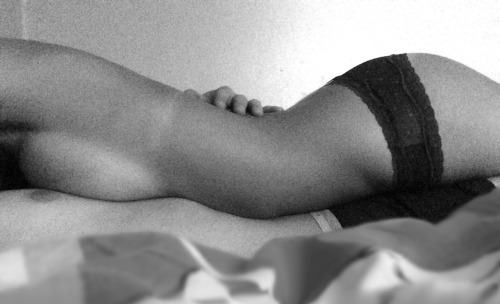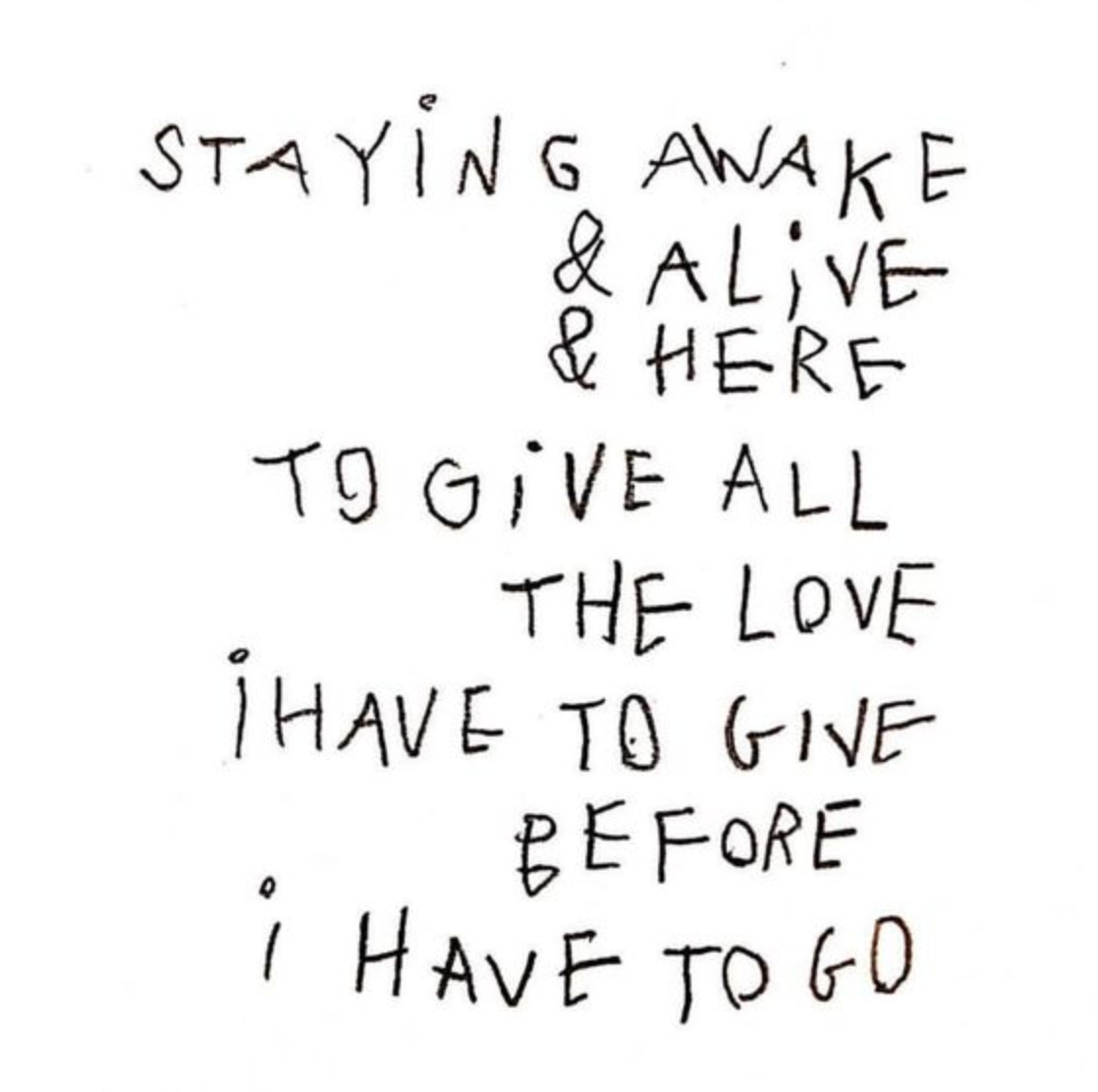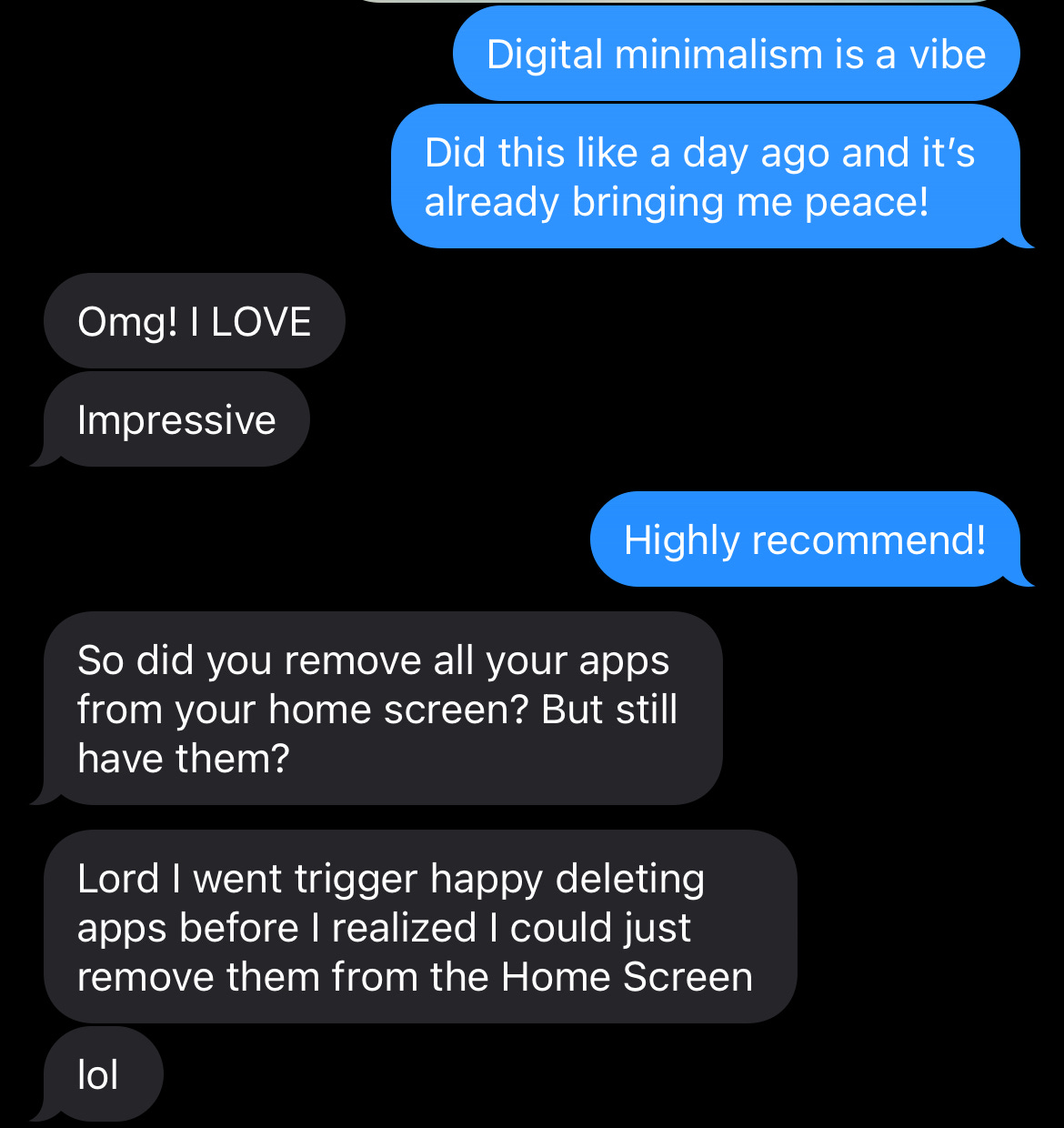Home is anti-novelty
I discovered a bunch of stunning, warm homes in Australia this morning that ignited a dormant longing for cohesion between my internal self and my external environment, the opportunity to imbue my outside world with what’s on the inside. The home featured below is called Arcadia, but all of the firm’s work is just immensely desire-inducing.
I got to thinking about the wanting behind a house, conceived in my mind as an aesthetic expression of what lies within. It is the opposite of what we find easy: novelty, optionality, convenience. Home in this sense can be conceptualised as anti-novelty, anti-optionality, an investment. It matters. We want it to last.
Perhaps the reason why we as a generation are so obsessed with interiors is because we’ll likely never own houses and by default, the opportunities you get to explore with them. Aesthetics have become a substitute for that core thing underneath that an aesthetic is supposed to express. In consumer terms, it is branding without the product, icing without the cake, hotness as a replacement for substance. But collecting or posting homespo, or buying a specific lamp, is one of the ways we can acquire a tiny bit of that glimmer.
Secondary reading:




The Secret to Long Term Relationships
What is your relationship with permanence? What are your beliefs about enduring relationships? How well do you live up to them? These are a few Qs on my mind lately.


I also listened to a podcast with Matthew Hussey, similarly titled “The Secret to Building a Perfect Relationship” and resonated with these two ideas:
We often judge too quickly without trying to understand what was behind something. In terms of a partner: Why is this thing important to you? Why do you like doing this?
When someone is different to us, it’s very easy to decide what the intention must be. There’s always going to be differences between you and whoever you date — take a moment to be curious about that thing that is different from you. What’s driving them there? Why are they that way? Why they like that thing might actually resonate with you in terms of why you like this thing. You may find that you’re similar at the core even though the way those values, needs and desires are represented on the surface is different.
We need to let go of immediate judgment of differences without seeking to understand the connections that are under the surface.“My relationship with the idea of permanence has not been a productive one — instead, an insecure and fearful one”
There’s the issue of deciding — deciding to choose something in the first place, and then deciding to make it the best it can be. There’s the person we resolve to make the best relationship with.Hussey used to write “never settle” when signing his book covers but now concludes that wasn’t strong advice. Self development can go too far in the direction of pure optimisation and maximising, he says. It’s important to recognise there’s a difference between settling for, and settling ON.
Settling on says I’m going to put my focus and energy on something and it’s going to be extraordinary because I’m going to make it be. When we don’t settle on something, we rid ourselves of the opportunity of making it the best that it can be. Once we do settle on something, we start making behavioural choices and investments that reflect that decision.

Miuccia Prada doesn’t design for you
In this fantastic interview with one of my creative idols Miuccia Prada, she was asked the question: People often talk about a certain woman they design for. Is there a Miu Miu woman?
You know that’s something I don’t like. I design what I think is right. It’s theoretical. I never had a woman in mind, I don’t have an icon in mind. I do like a renegade. Usually, every brand has its target. I don’t. But I always said I do what I feel is right and if I am in contact with reality, if I know people through reading, through movies, through meeting them, then it will work. The more I am in contact with reality the more what I do makes sense. If it works it means I was connected and my thoughts were realistic. I’m trying to do something that is relevant, to translate that into clothes, because that is my job and something that I am able to do. You know that I am fanatical about the life of people, that is the reason I love vintage. I love thinking about who the woman was who wore something, about what their life was like. People’s lives. I like thinking about that a lot. — Miuccia Prada
I was fascinated by her answer in a world that tries so hard to design for a “type” of person or user persona. Naturally, this is symptomatic of our inability to see things and people as whole and thus we must resort to categorisation for legibility and maximum profit.
Philosophy > Aesthetics
I’ve been thinking lately that creativity that is cultivated through a philosophy is infinitely more potent than creativity that operates within, or aims for purely aesthetic outcomes. If you have a strong philosophy, your ideas can go anywhere and culminate in many aesthetic variations that still communicate the philosophy. For me, this is a clue to creating longevity: a body of work comes together through a philosophy, through its constraints and through an uncompromising belief or perspective that bleeds through all its manifestations. It is a feeling that naturally draws the right people towards you.
Brands in particular that lack a (design) philosophy resort to aesthetics. Consequently, they are relegated to the whims of transience and trends, attempting to read the present consumer than to read people. Instagram, TikTok, D2C, trying to create for your ideal consumer demographic — this is about aesthetics. And it works for some types of businesses, for a time. But the reality is that people change, truth and authenticity are immediately recognisable on a more subconscious level and nothing makes someone more loyal than a philosophy that resonates.
Some examples: Apple (and their marketing philosophy), LOT2046, Dieter Rams
Facing Reality
What initially looks like your salvation might just drag you under eventually. Even when you’re strong and resilient and full of love, even when you’re graceful and daring and special, you still don’t get to win forever and ever. But the answer to inevitable losses and hurts and betrayals isn’t working harder, telling slicker stories, or thrashing to stay on top. The answer is surrendering to reality, in all of its chilling uncertainty.
From Heather Havrilesky’s “Mining the Ruins” discussing SZA’s raw new profile by Danyel Smith (well worth a read).
Digital Minimalism
I was recently inspired by this thread to clear up my iPhone home screen. Naturally, I’m calling it a form of digital minimalism and after only a few days, it’s already had a tangible impact on my mental pacing when I turn to my phone. Considering I use “search” to pull up most apps I use, this was a surprisingly easy adjustment.

A tip if you’re going to try it 🤪

Other things I did to make my phone a more pleasurable place:
Sporadically switching between light and dark mode depending on my ~vibe, and creating coordinated screensavers to match the mode. When you change between light and dark mode, WhatsApp will automatically coordinate your chat background to align with the wallpaper you set for each mode. I kind of wish iPhone could switch between a “day and night”/”light and dark mode” automatically, where my two settings would merge into each other depending on the time of day.
Turning off notification badges — I’m used to seeing the red bubble with “18,345 unread emails” and thought I was unbothered, but removing badges altogether made me realise how stressful the red “warning colour” is as a trigger
“Do Not Disturb Mode” is not enough. I’ve been sleeping with my phone on airplane mode for like 3 years now and find I sleep so much better knowing that I’m not accessible when I’m unconscious (lol). However, I’ve been digging into the focus modes lately and creating super-personalised modes for deep work, etc.
NO SLACK NOTIFICATIONS
It’s probably time to read this book now.
That Good Longing
I’m a known fan of Freddie deBoer’s bold and novel writing. When I discovered him through this article, I thought it was comedic and genius. I, too, like a renegade. He also has sharp thoughts on education, which I never thought was my domain, but routinely find myself drawn to.
This week, he wrote something out of his usual style which touched a nerve — it’s imbued with nostalgia and longing, all the promises of a golden age which looks so different for us in the information age, or the age of panopticontent. It was a reminder to myself to still seek and create magic, even amidst a backdrop of ruin, even if it looks nothing like the 90s.
Over time we grew older. The music changed, the city changed. People started showing up looking for the scene that we had enjoyed years before, too late, the way they always do. We adapted. We drank more 90s coffee. When the music scene was totally picked over and played out, we went further afield, trips to Olympia and Aberdeen to see what was new. We watched Modest Mouse play house shows where Isaac Brock was skinny as a rail and bedecked in sideburns. We did party coke, fearing nothing because fentanyl didn’t exist. We saw more sunrises on our long frayed drives home than I will ever recollect, feeling the drugs leaving our systems, ears buzzing, carrying scraps of paper with phone numbers of people we would eventually sleep with, too buzzed for breakfast. When we wanted to hear the news of the world we’d turn the radio to NPR. If someone had tried to get in touch with us, we’d find out when we got home, because people back then would do what it took to find you. And you’d pull out your banged-up electric guitar and play it for me, unamplified, the strings alone just loud enough to carry the tune. — It's So Sad When Old People Romanticize Their Heydays, Also the 90s Were Objectively the Best Time to Be Alive by Freddie deBoer

Are you of legal retinol age?
I discovered Typology a few months ago and it has since become my sworn skincare brand. Their skin diagnostic is actually a really smooth and informative experience, plus the “sample” order according to your result is seriously good value. I’m obsessed with not only this, this and this but also the visual identity and website. CHECK IT OUT.
Frank Gehry: From Idea to Reality
& a reminder to start now
Thinking of someone? Forward this.











there's a toggle for "Automatic" under "Display and brightness" in Settings that lets you match dark mode to the night—it aligns with sunrise and sunset by default and it really makes you feel more connected to the earth
wonderful. I feel like you have already read it but if not, I think you will love „life after lifestyle“ by Toby Shorin